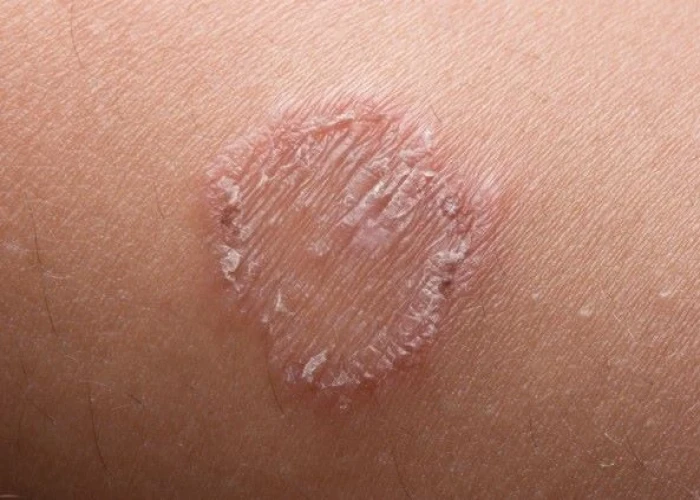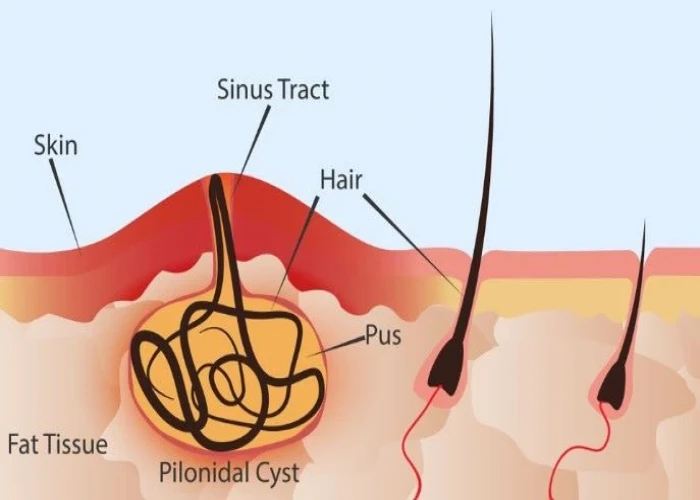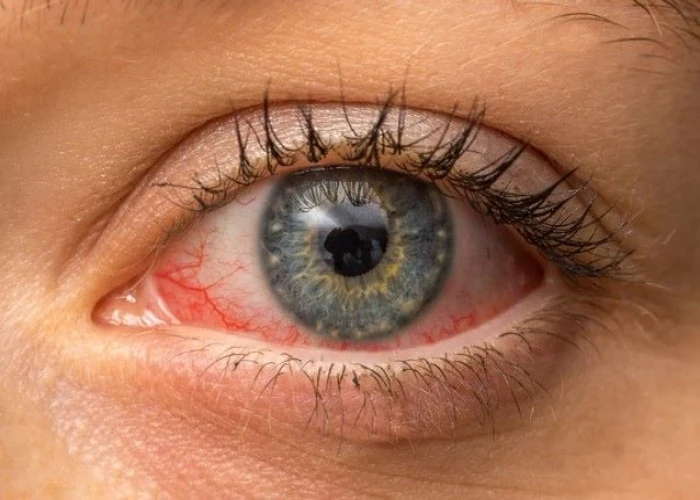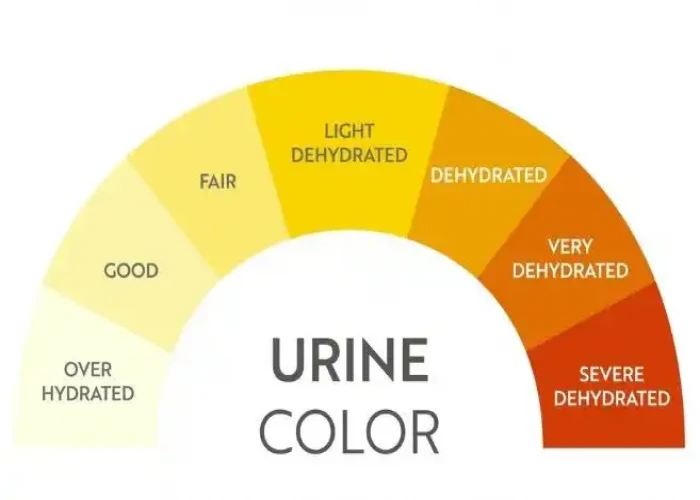 Welcome
Welcome
“May all be happy, may all be healed, may all be at peace and may no one ever suffer."
Sleep terrors (night terrors)

Sleep terrors, also known as night terrors, are a type of sleep disorder that occur during non-REM sleep. They are most common in children between the ages of 3 and 12 years, but can also occur in adults.
During a sleep terror episode, the person may suddenly sit up in bed, scream, and appear terrified. They may also sweat, breathe rapidly, and have an increased heart rate. Unlike nightmares, which occur during REM sleep and are usually remembered upon waking, sleep terrors are not remembered, and the person often has no recollection of the episode.
Sleep terrors are usually not harmful and do not require treatment. However, if they are frequent and disrupting the person's sleep or the sleep of others, or if the person is at risk of injuring themselves during an episode, treatment may be recommended. Treatment options may include identifying and treating underlying causes, such as anxiety or stress, improving sleep habits, and medication in some cases.
Research Papers
Disease Signs and Symptoms
- Sleep terrors (night terrors)
- Inability to awaken from sleep
Disease Causes
Sleep terrors (night terrors)
Sleep terrors are classified as a parasomnia — an undesirable behavior or experience during sleep. Sleep terrors are a disorder of arousal, meaning they occur during N3 sleep, the deepest stage of non-rapid eye movement (NREM) sleep. Another NREM disorder is sleepwalking, which can occur together with sleep terrors.
Various factors can contribute to sleep terrors, such as:
- Sleep deprivation and extreme tiredness
- Stress
- Sleep schedule disruptions, travel or sleep interruptions
- Fever
Sleep terrors sometimes can be triggered by underlying conditions that interfere with sleep, such as:
- Sleep-disordered breathing — a group of disorders that include abnormal breathing patterns during sleep, the most common of which is obstructive sleep apnea
- Restless legs syndrome
- Some medications
- Mood disorders, such as depression and anxiety
- In adults, alcohol use
Disease Prevents
Disease Treatments
Treatment for infrequent sleep terrors isn't usually necessary.
If the sleep terrors lead to the potential for injury, are disruptive to family members, or result in embarrassment or sleep disruption for the person who has sleep terrors, treatment may be needed. Treatment generally focuses on promoting safety and eliminating causes or triggers.
Treatment options may include:
- Treating any underlying condition. If the sleep terrors are associated with an underlying medical or mental health condition or another sleep disorder, such as obstructive sleep apnea, treatment is aimed at the underlying problem.
- Addressing stress. If stress or anxiety seems to be contributing to the sleep terrors, your doctor may suggest meeting with a therapist or counselor. Cognitive behavioral therapy, hypnosis, biofeedback or relaxation therapy may help.
- Anticipatory awakening. This involves waking the person who has sleep terrors about 15 minutes before he or she usually experiences the event. Then the person stays awake for a few minutes before falling asleep again.
- Medication. Medication is rarely used to treat sleep terrors, particularly for children. If necessary, however, use of benzodiazepines or certain antidepressants may be effective.
Disease Diagnoses
Disease Allopathic Generics
Disease Ayurvedic Generics
Disease Homeopathic Generics
Disease yoga
Sleep terrors (night terrors) and Learn More about Diseases

Ringworm (body)

Nicotine dependence

Ingrown toenails

Uterine Inflammation (Cervicitis)

E. coli

Pilonidal cyst

Retinal diseases

Urine color
Sleep terrors, night terrors, ঘুমের আতঙ্ক, রাতের আতঙ্ক
To be happy, beautiful, healthy, wealthy, hale and long-lived stay with DM3S.
